What You Need to Know About Mycotoxins
Coffee is a beloved daily ritual for millions, but few realize that their morning brew might contain mycotoxins, particularly Aflatoxin and Ochratoxin A (OTA). These fungal contaminants are naturally occurring in coffee crops and, if not properly managed, can pose health risks, including nephrotoxicity and carcinogenicity. This article explores their origins, prevalence, and strategies for reducing contamination from farm to cup.
Where Do Aflatoxins and Ochratoxin A in Coffee Come From?
Mycotoxins like Ocratoxin A and Aflatoxin B1 are produced by fungi such as Aspergillus ochraceus, Aspergillus carbonarius, and Penicillium verrucosum. These fungi thrive in warm, humid environments, making coffee-growing regions, particularly in tropical and subtropical climates, susceptible to contamination
Key Stages of Mycotoxin Contamination
-
Growing & Harvesting:Poor field management and excessive moisture increase fungal growth. High-risk regions include Africa, South America, and Southeast Asia, with African coffee beans tending to exhibi the highest OTA contamination.
-
Drying & Storage:OTA develops when beans are improperly dried, leading to increased moisture content (above 12.5%). Poor storage conditions further promote fungal proliferation.
-
Processing & Transport:
Dry-processed (natural) coffee beans retain more OTA than wet-processed beans. Dry processed beans are dried in the full cherry prior to de-pulping. Wet processed (washed) coffees are dried without the cherry. Fermentation during the dry process may increase fungal exposure.
Poor handling during transport, transport delays, and improper (humid) storage conditions raise contamination risks.
How Much Aflatoxin and Ochratoxin A is Typically Found in Coffee?
OTA levels in green coffee beans range from 0.5 to 48 parts per billion (ng/g), with variations based on region and processing methods. According to an Italian study analyzing 162 coffee samples:
- 65% of African coffee samples contained OTA.
- Americas & Asia had lower contamination levels.
Regulatory limits vary:
- EU Limits: 5 ng/g in roasted coffee, 10 ng/g in instant (soluble) coffee
- US: No official limit but suggested intake thresholds
How to Reduce Mycotoxins in Coffee
1. Agricultural & Post-Harvest Strategies
- Farmers should use rapid drying techniques to achieve moisture levels below 12.5%, as excess moisture fuels mold growth
- Hand-sorting and UV light screening of beans can eliminate visibly moldy beans before processing
2. Roasting: Heat May Reduce OTA
In several studies, roasting coffee at 200°C for 3 minutes reduces OTA by 65–100%. However, the effectiveness depends on:
- Roast Level: Darker roasts have been shown to remove more OTA, though some studies indicate no significant difference beyond medium roasts
- Moisture Content: High moisture in green beans can reduce roasting efficiency in eliminating mycotoxins
| Roast Level | OTA Reduction |
|---|---|
| Light Roast | 12–35% |
| Medium Roast | 40–85% |
| Dark Roast | 65–100% |

How Brewing Methods Impact Mycotoxin Content
Brewing techniques further influence OTA extraction, as longer exposure to hot water extracts more toxins. Shorter contact times are generally better for reducing mycotoxin intake.
| Brewin Method | OTA Reduction |
|---|---|
| Moka Pot (Italian espresso) | 50-75% |
| Drip Brew (American coffee) | 71-73% |
| Turkish Coffee (long infusion) | 20-30% |
Key Takeaways: Reducing Mycotoxin Exposure in Coffee
- Choose coffee from lower-risk regions (Central/South America) over other areas.
- Opt for medium to dark roasts, as roasting may significantly reduce OTA
- Avoid long infusion brewing
- Buy from reputable brands that store coffee in dry, airtight containers. Brands that test for mycotoxins should be able to supply a copy of the COA to validate their testing results.
Rarebird & Px Coffee
By optimizing geographic sourcing conditions, roasting, and brewing techniques, consumers may be able to significantly reduce their exposure to mycotoxins without giving up their favorite cup of coffee.
In fact, at Rarebird, we:
- Source premium, Fair-Trade, single-origin (Colombian) arabica coffee beans
- Expertly roast fresh, small batches weekly to medium and dark roasts
- Routinely test our cofee for mold and mycotoxins
In additon to the benefits that Px itself has to offer, we intentionally craft each aspect of Px Coffee to ensure the ultimate coffee experience each and every day.


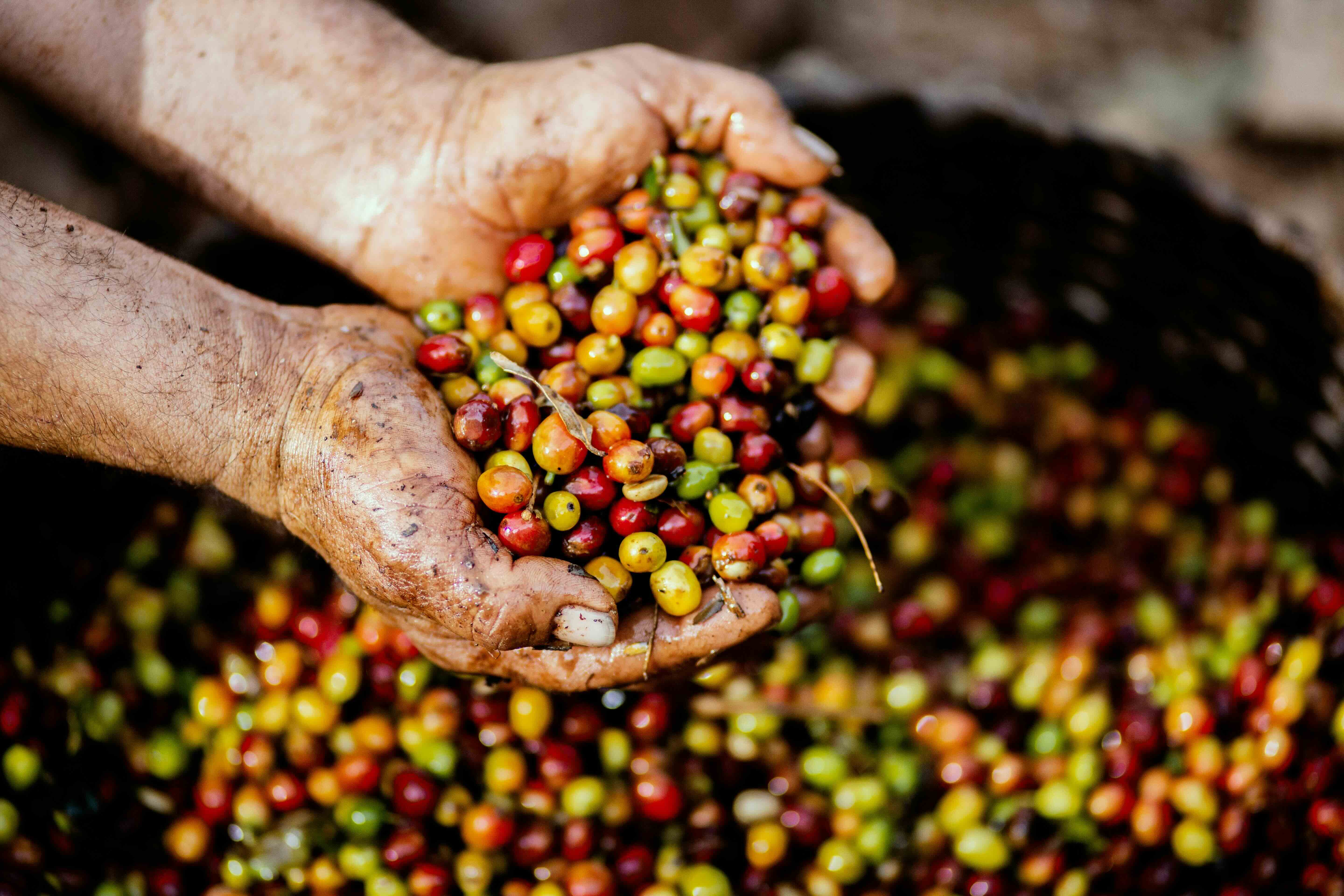
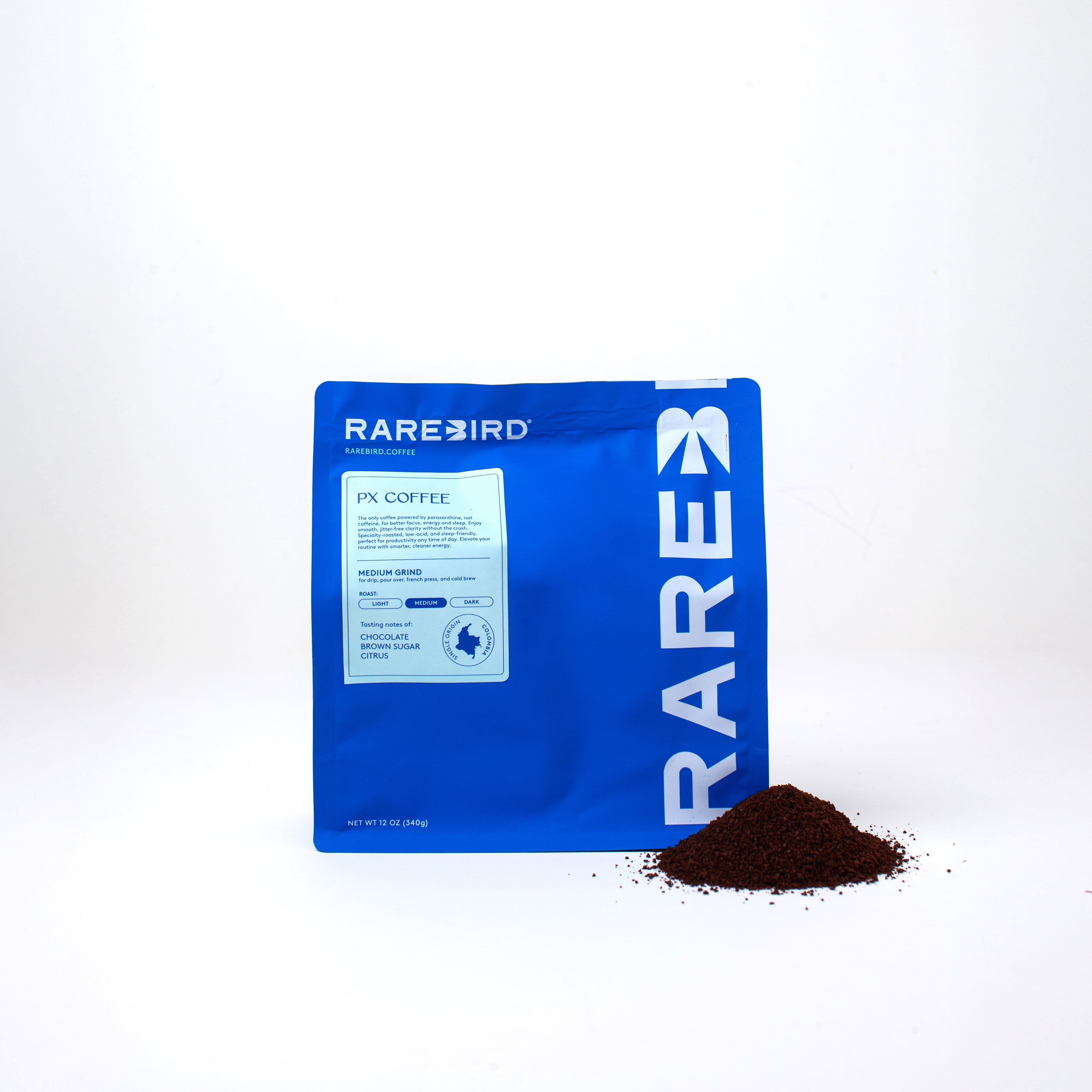
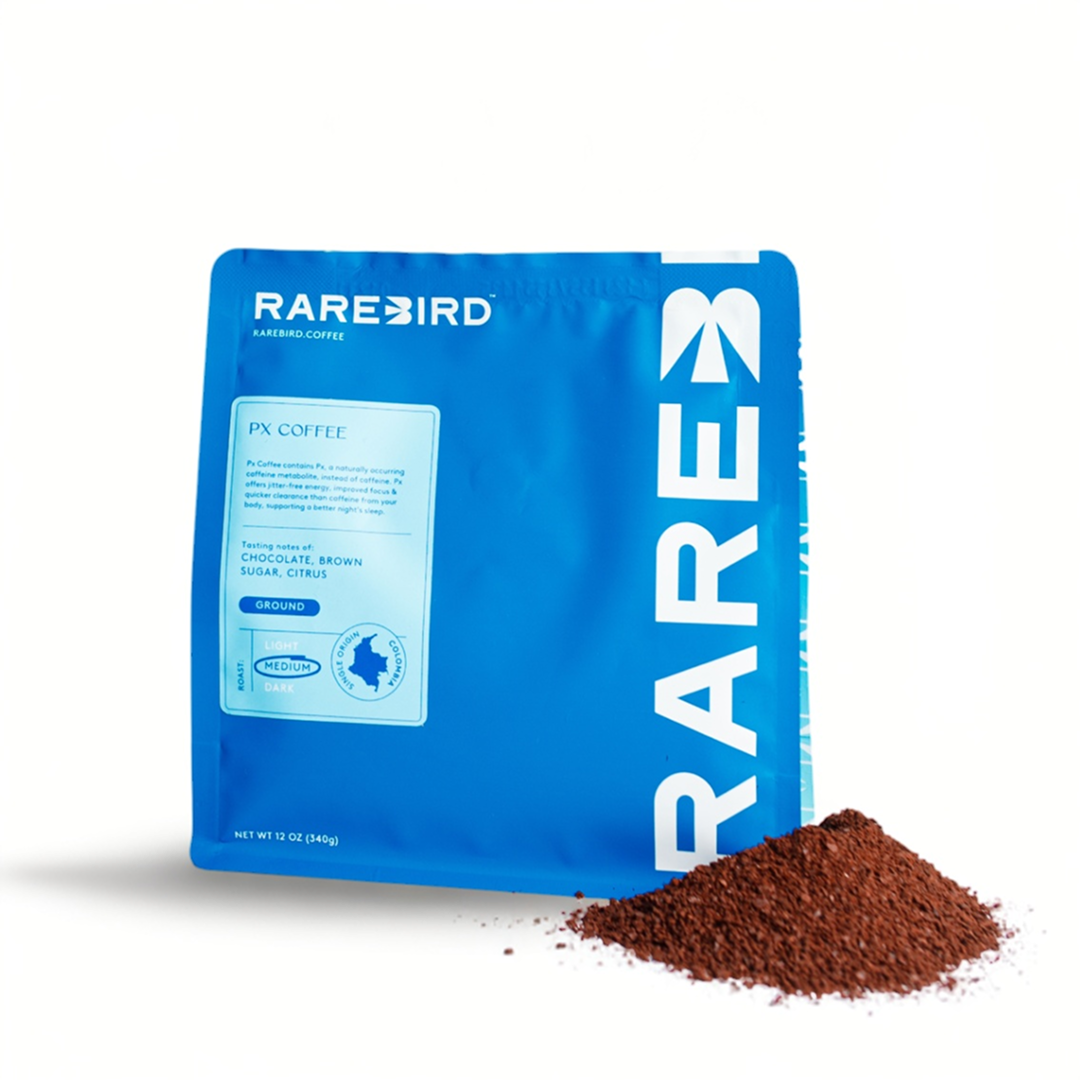

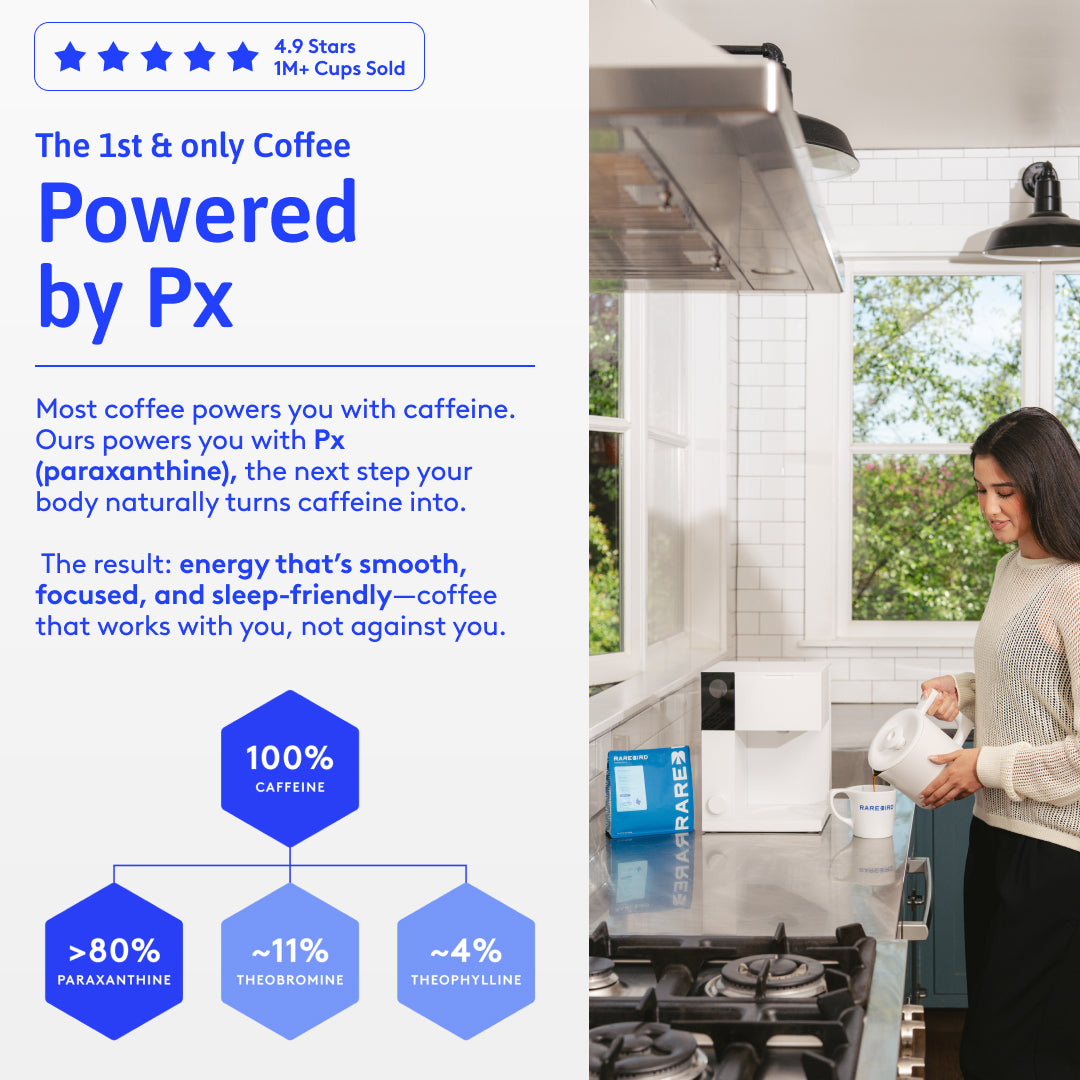
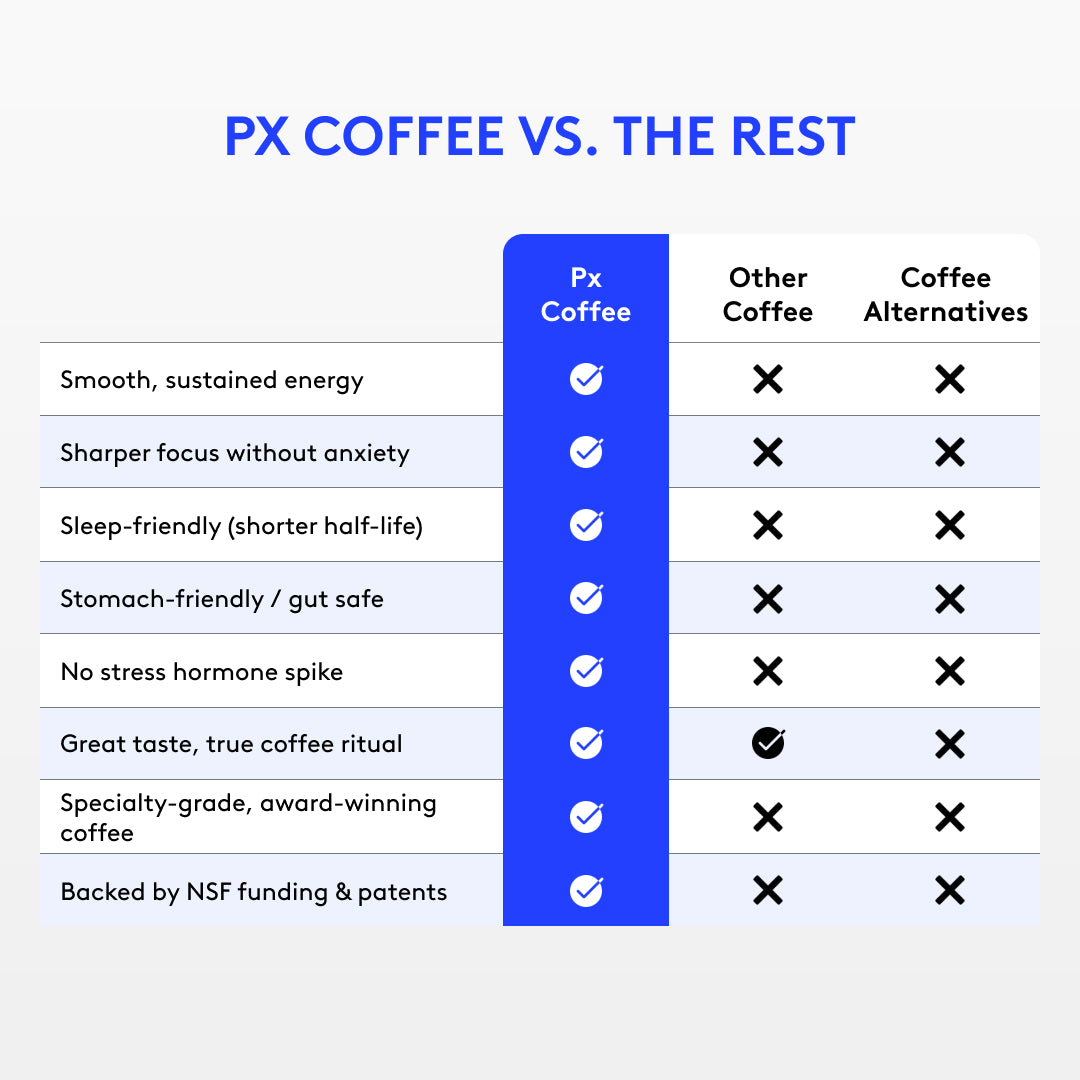
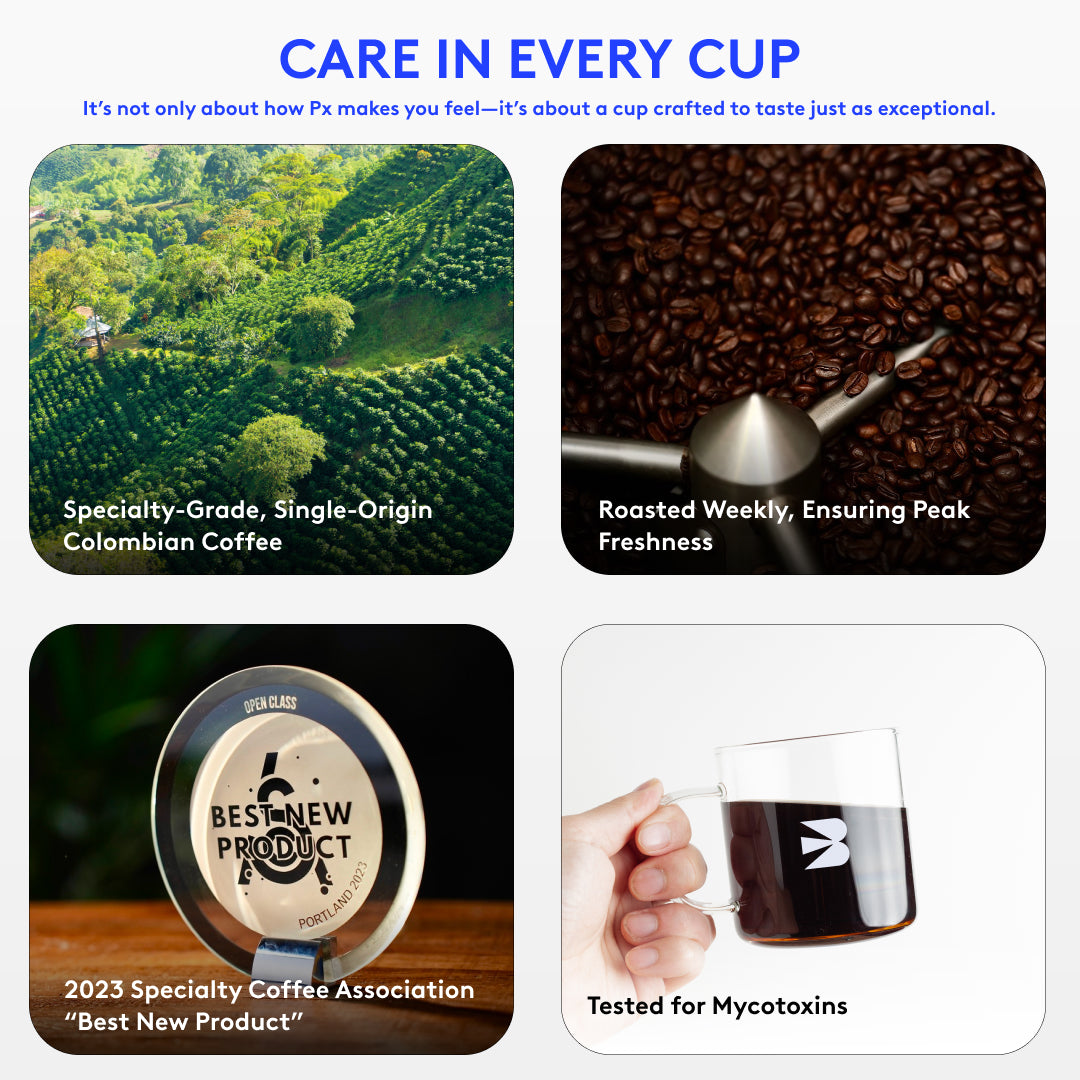


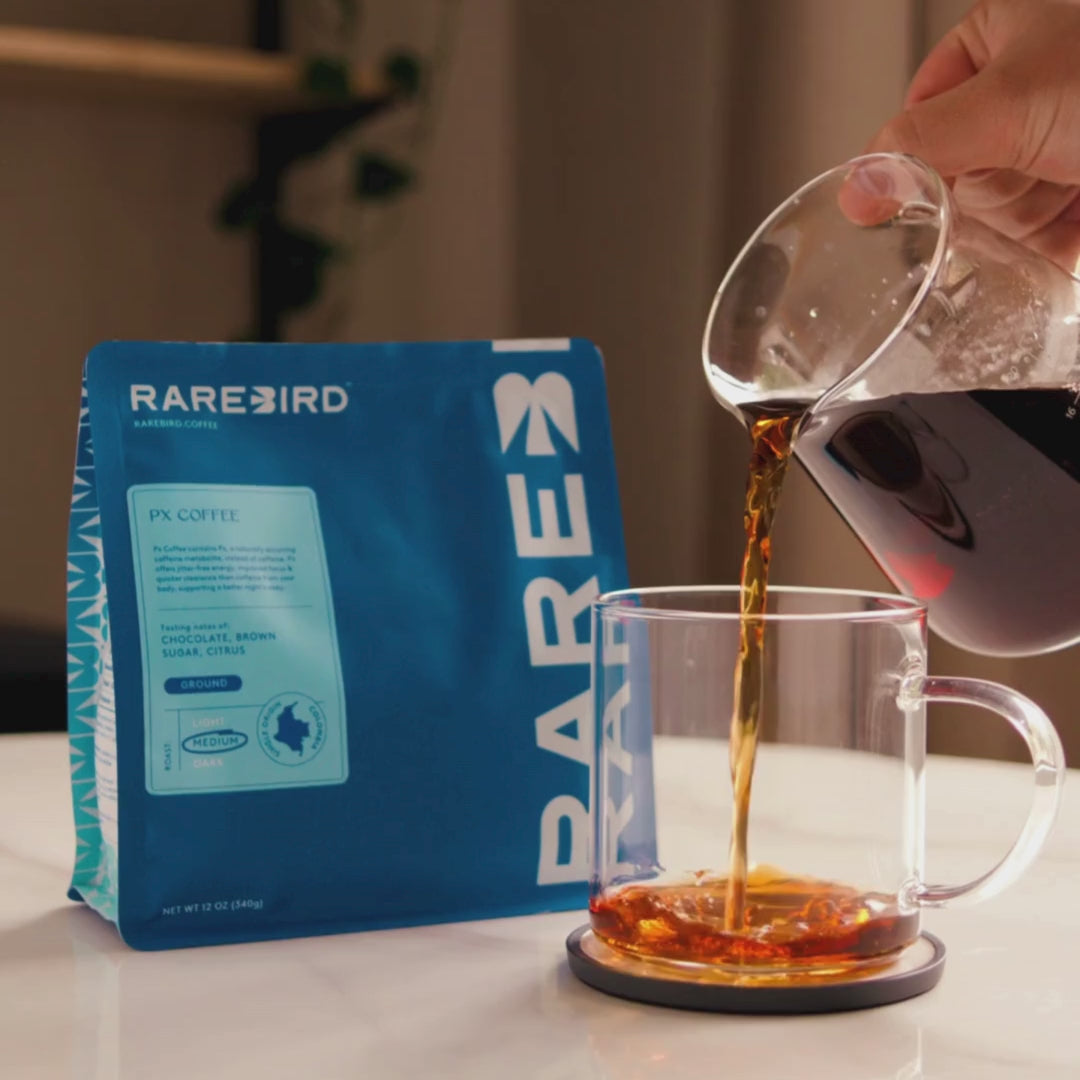
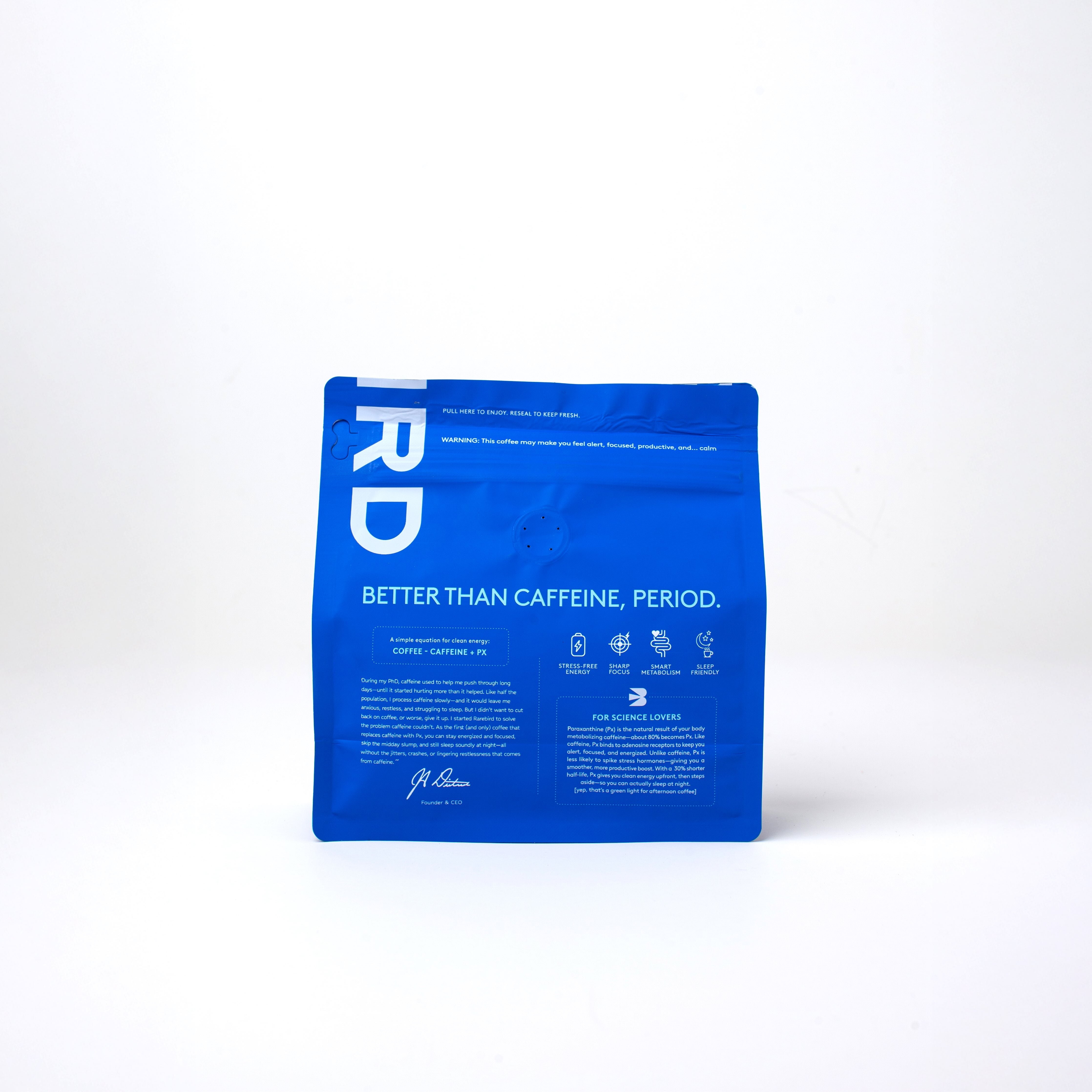
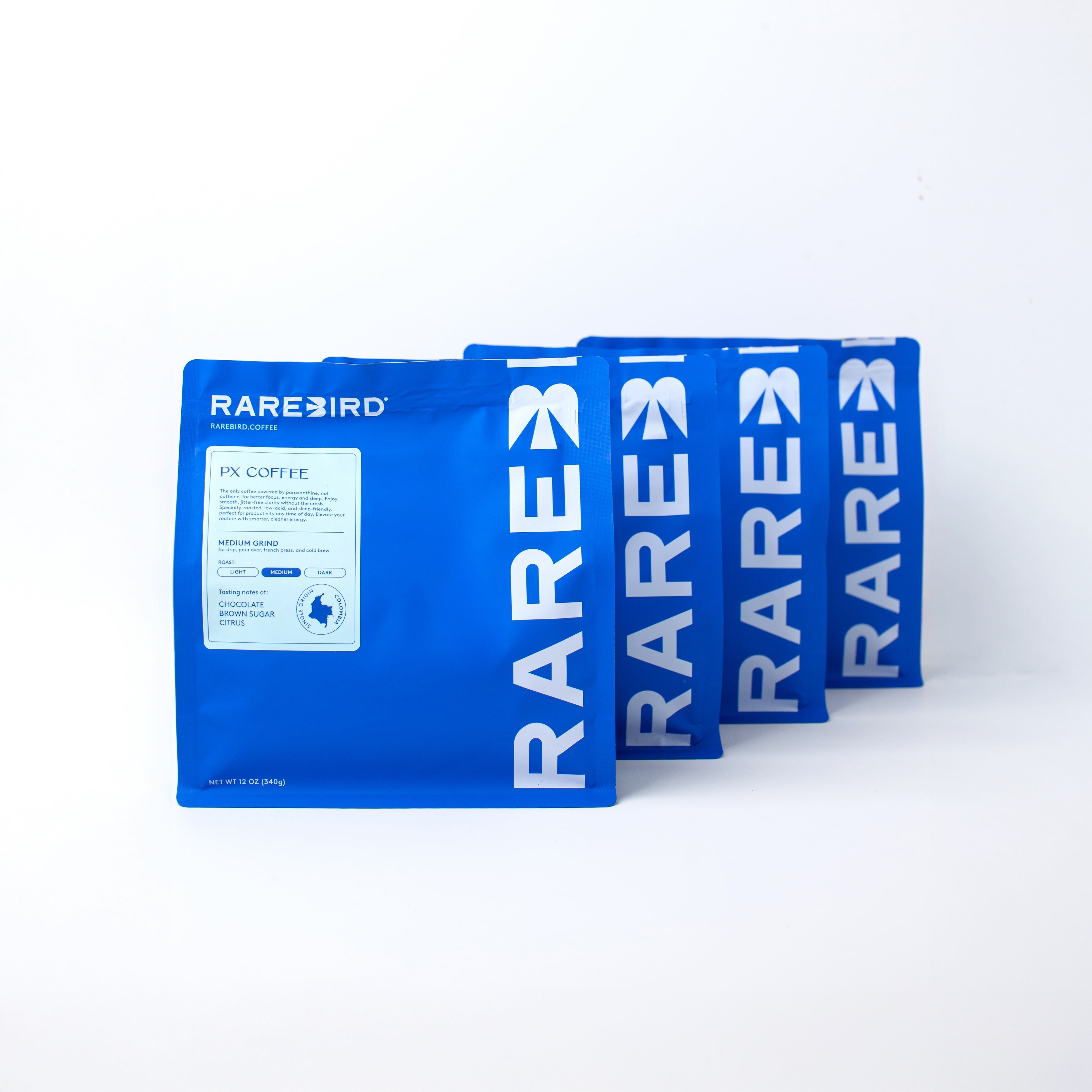

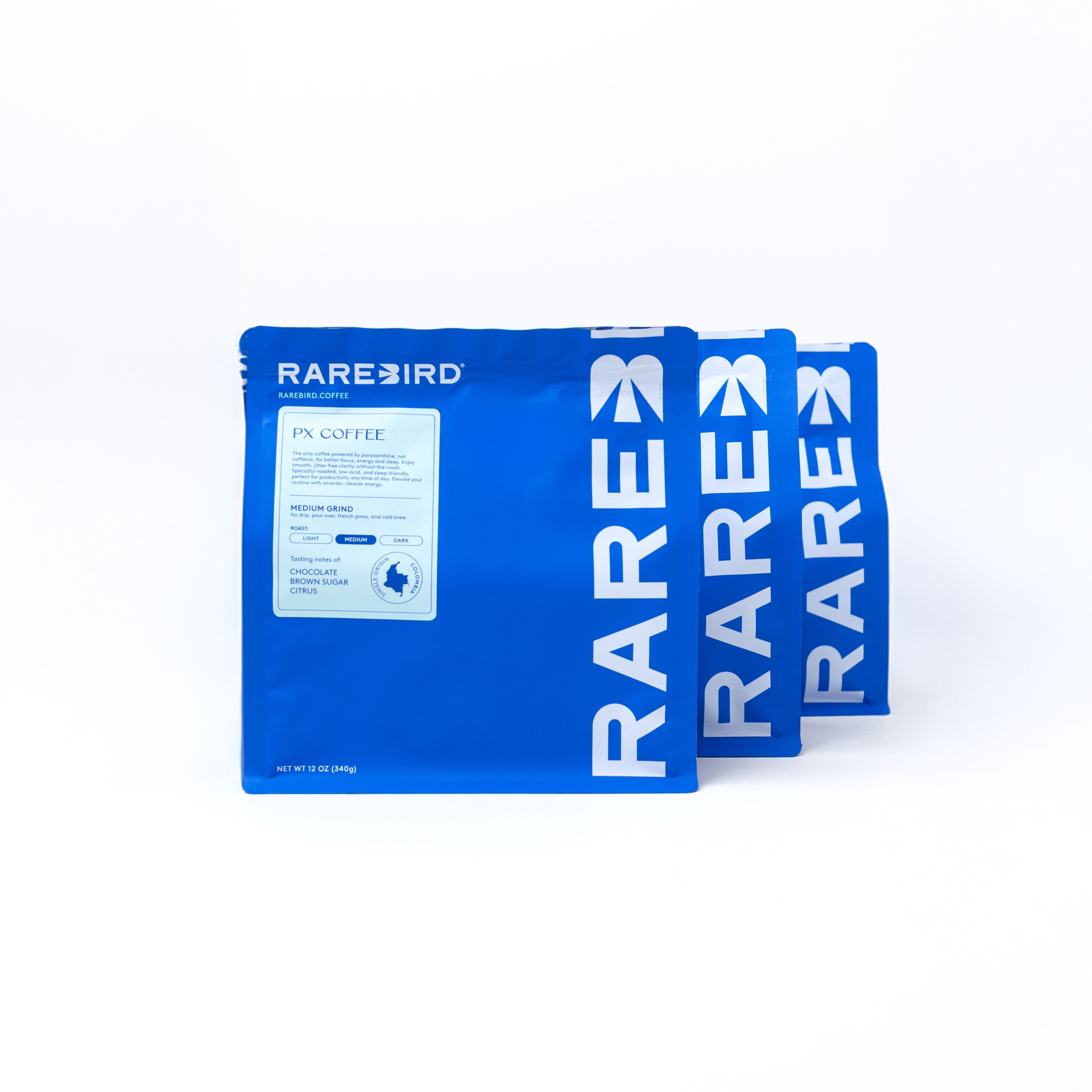
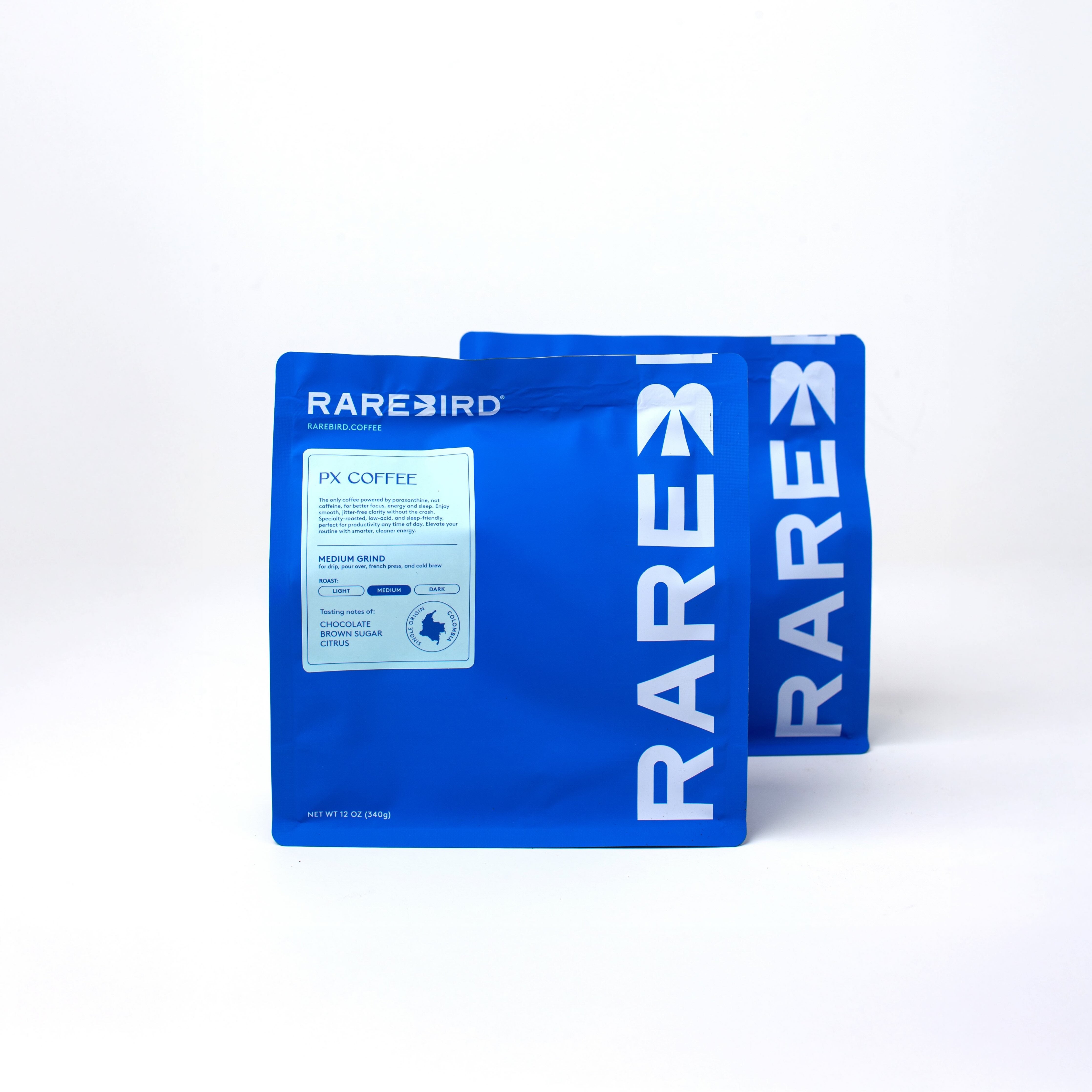
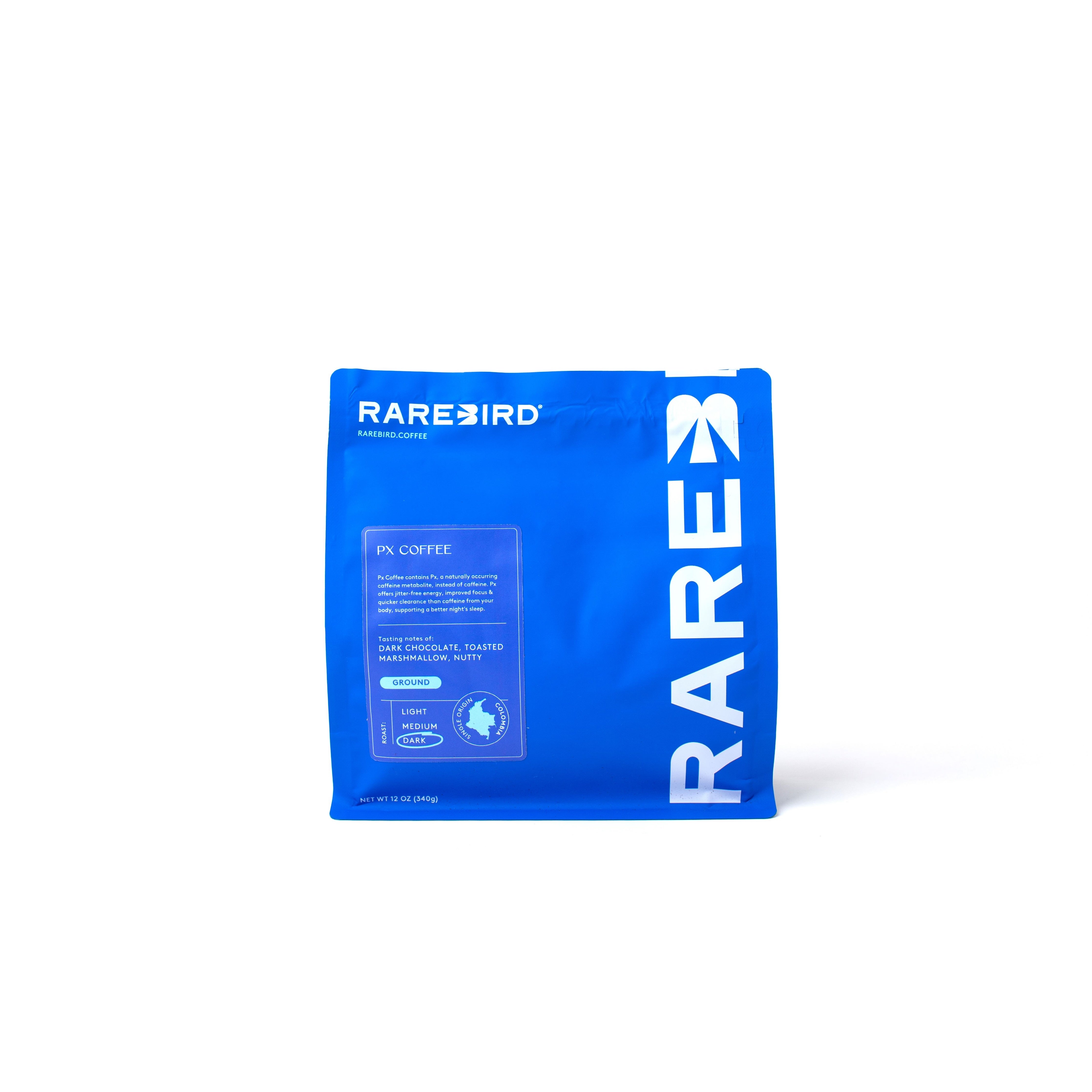
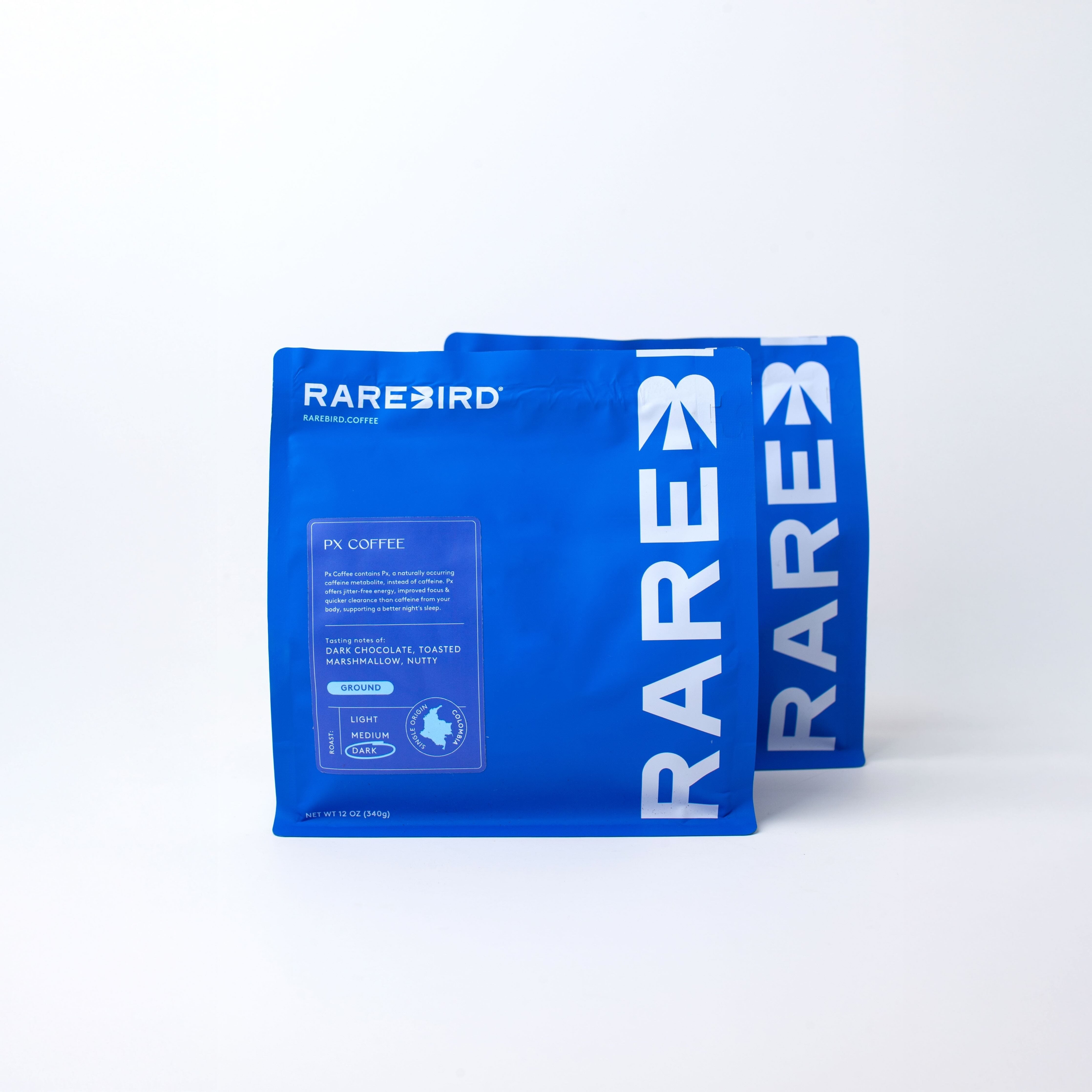
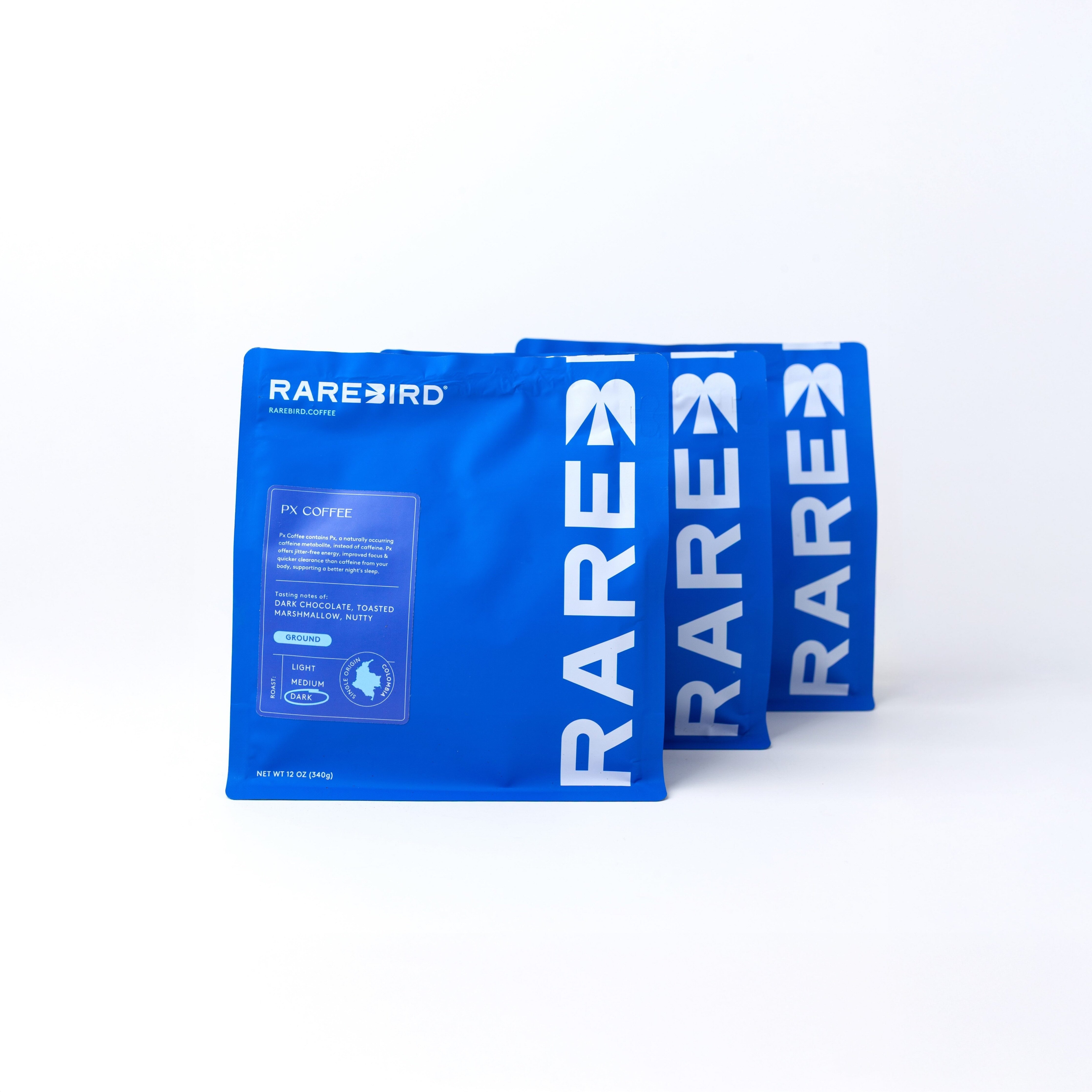
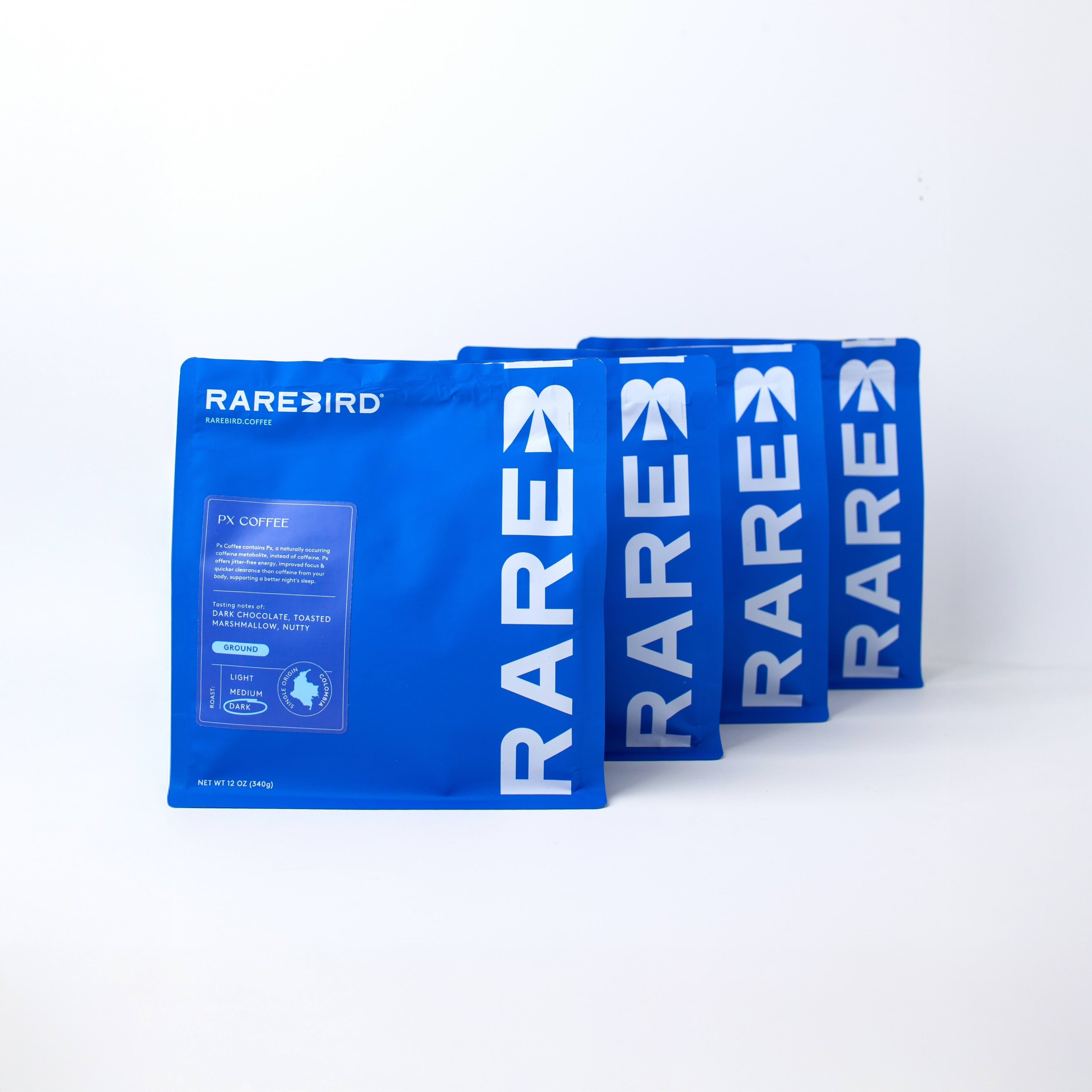

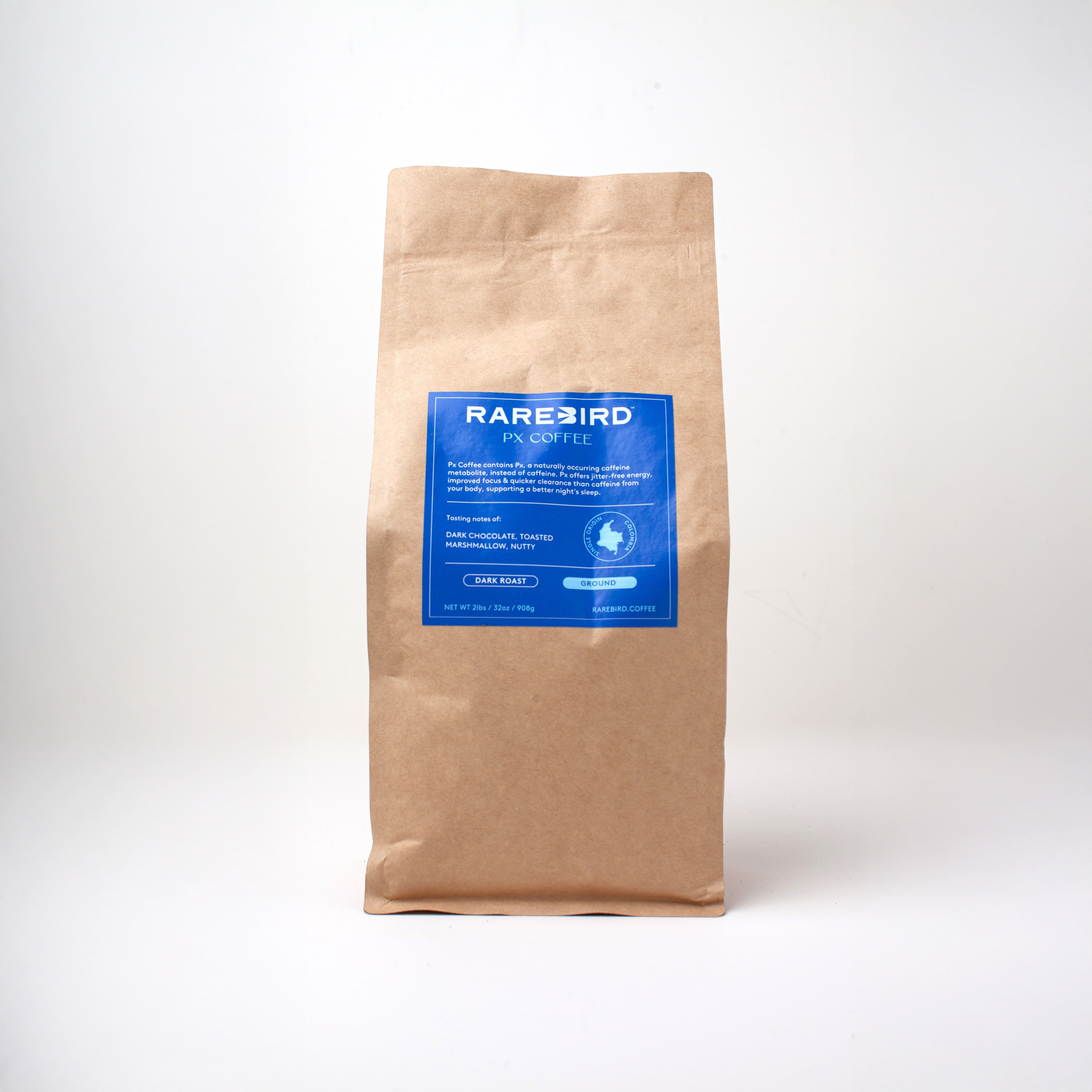
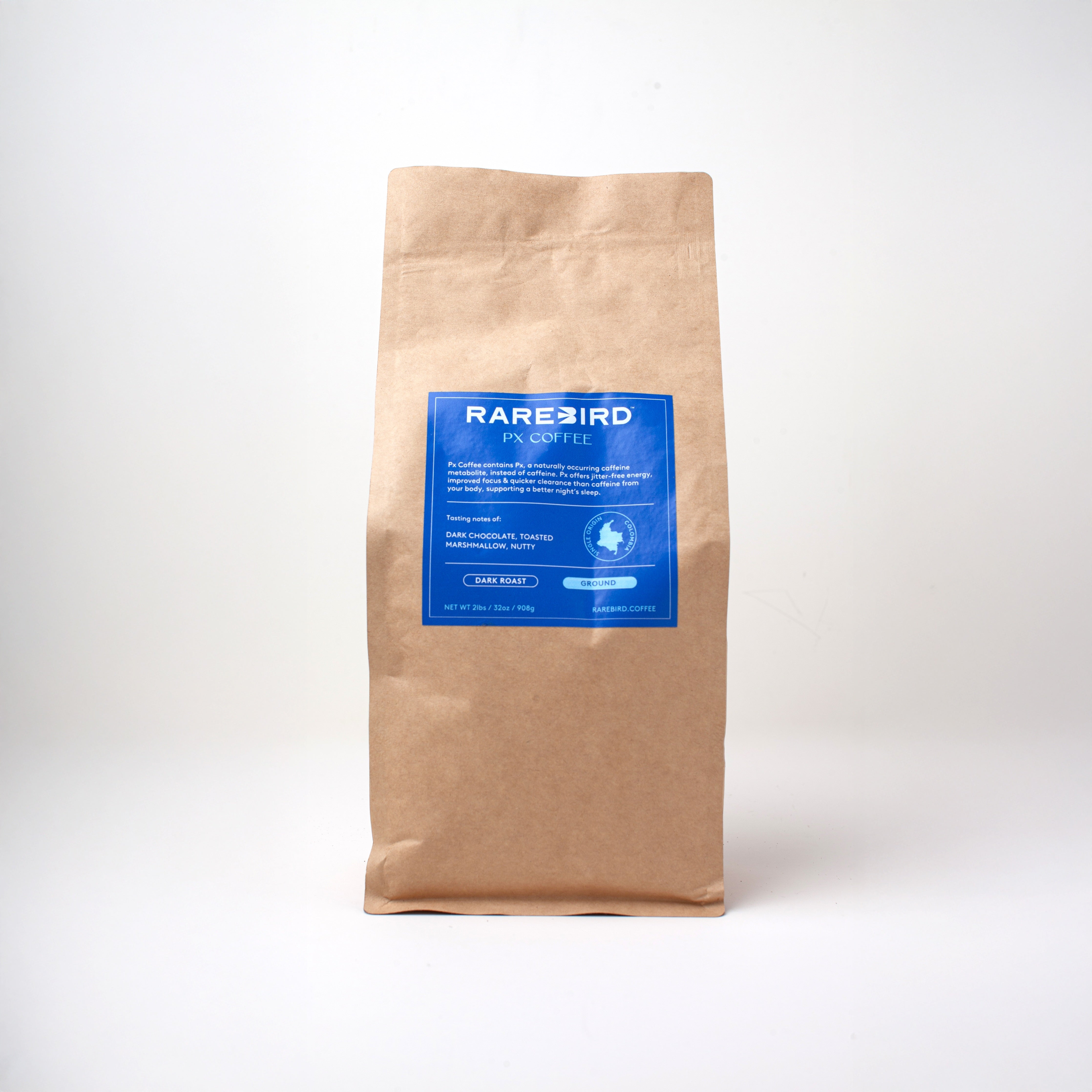
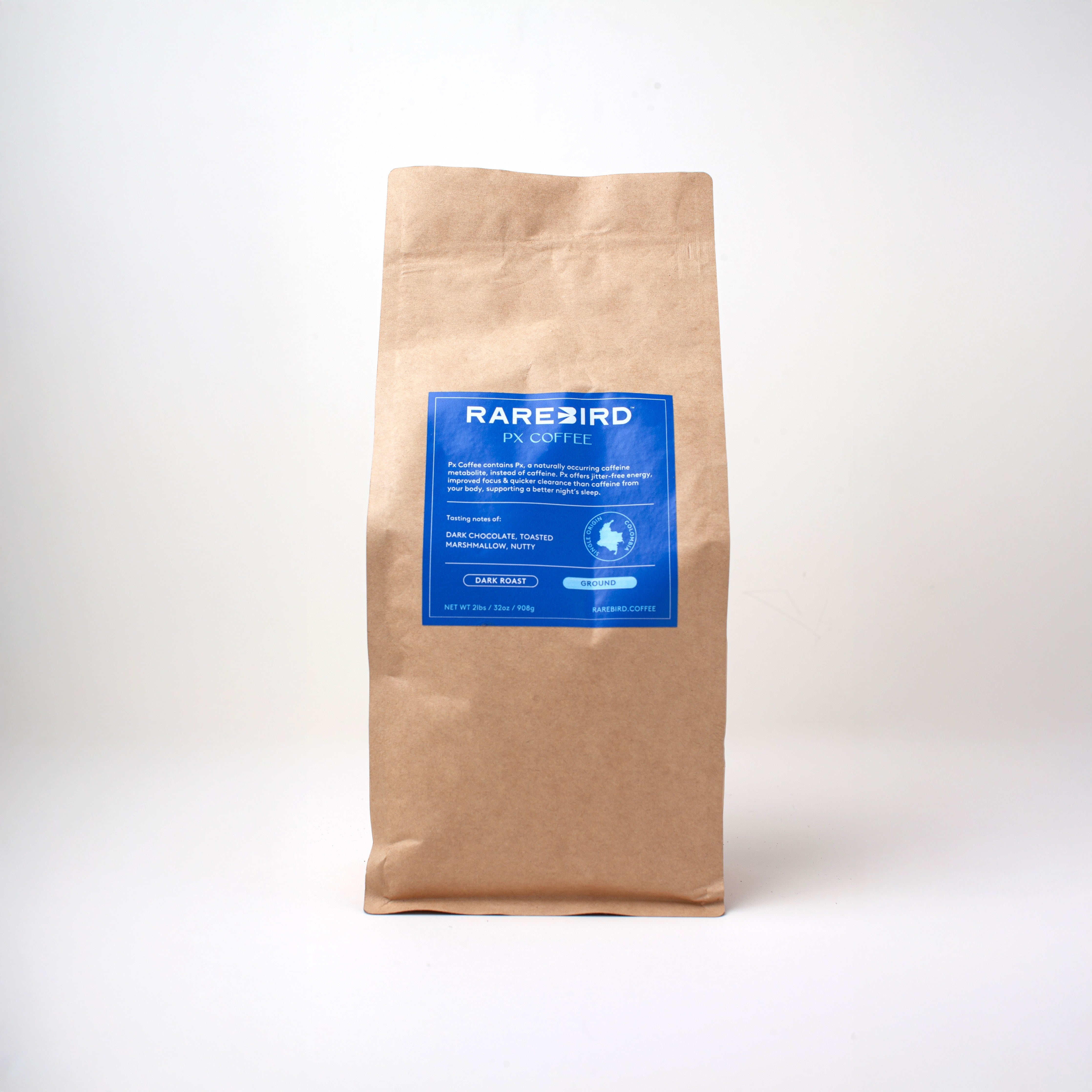




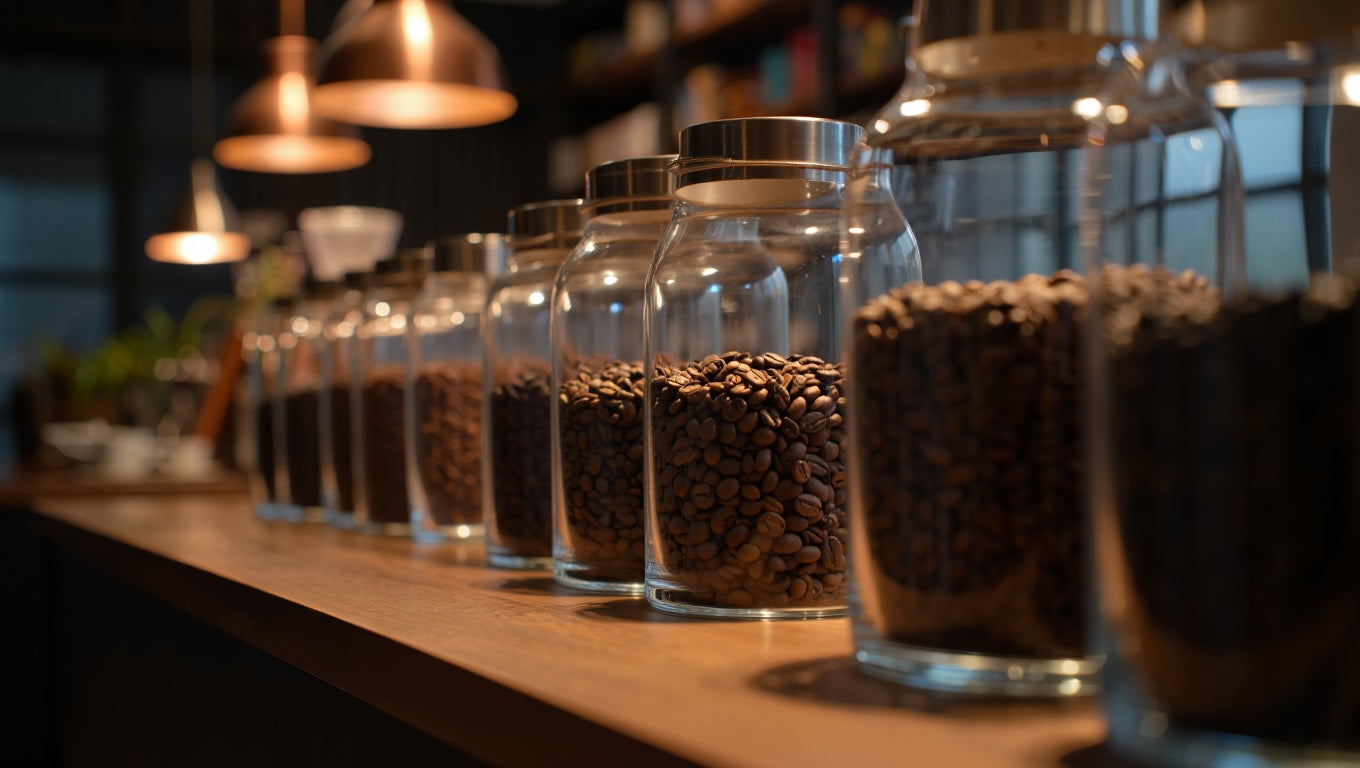

Share:
Break the Burnout Cycle
How Caffeine May Affect Testosterone & Estrogen in Your Body